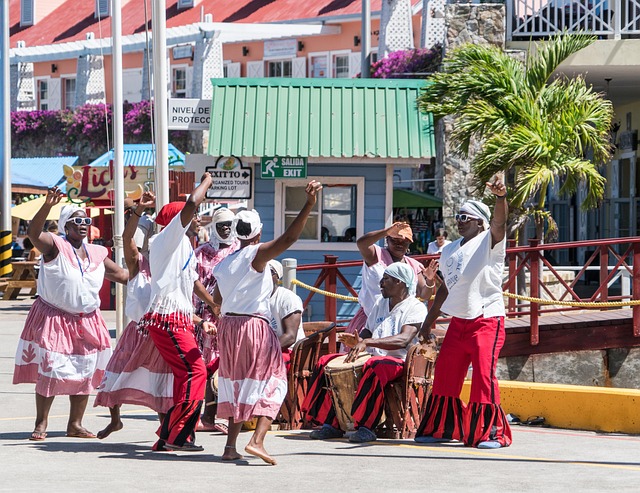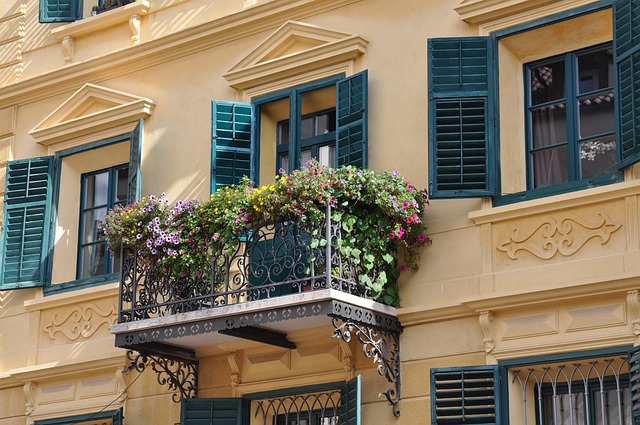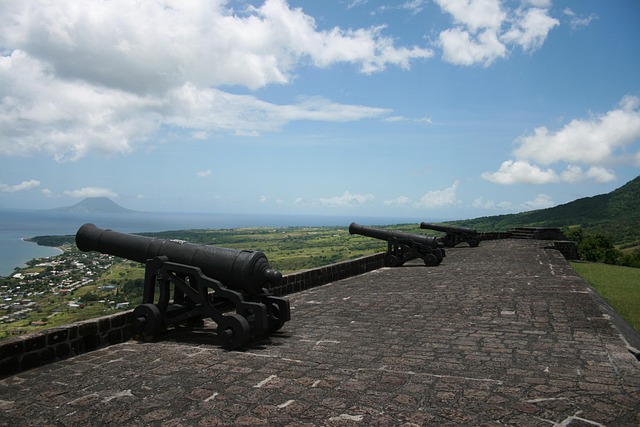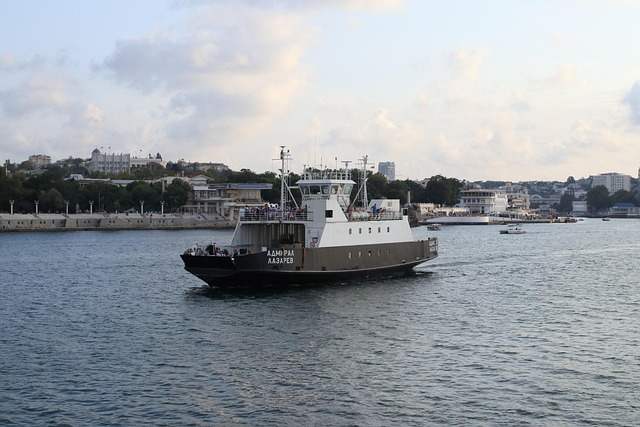Caribbean music is more than sound — it’s memory, identity, and resistance.
Its rhythms were born from African drums, blended with Indigenous melodies, European instruments, and island storytelling.
This fusion created some of the world’s most influential music and dance styles.
Here’s how Africa’s heartbeat lives in the Caribbean today.
🥁 The Drum as Soul & Language
In many African traditions, the drum is not just an instrument — it speaks.
In the Caribbean, drums became:
- A way to remember home
- A form of communication
- A symbol of resilience and unity
You’ll hear this heritage in every major Caribbean genre.
🎶 1. Reggae & Dancehall — Jamaica
African roots show through:
- Polyrhythms
- Call-and-response vocals
- Storytelling lyrics
Reggae evolved from mento and ska — which were born from African folk songs and work chants.
Bob Marley carried these rhythms to the world.
💃 2. Salsa & Afro-Cuban Music — Cuba
Cuba’s music is deeply shaped by Yoruba and Congo cultures.
The clave rhythm (3-2 or 2-3 pattern) is West African in structure.
Rumba, son, and timba came directly from Afro-Cuban religious and street traditions.
🎤 3. Bachata & Merengue — Dominican Republic
African syncopated rhythms + Spanish guitars + Caribbean storytelling =
Bachata, one of the most emotional genres in the region.
Merengue’s drum pattern traces directly to African work rhythms.
🕺 4. Soca & Calypso — Trinidad & Tobago
Calypso was a voice of the people, born from African griots (poet-musicians).
Soca later fused calypso with Indian influences — perfect for dancing during Carnival.
🪘 5. Garifuna Drumming — Belize, Honduras, St. Vincent
Garifuna music blends African and Indigenous rhythms — hypnotic, spiritual, and powerful.
Dancing involves circular motions that honor ancestors.
🎭 Carnival: A Living African Celebration
Carnival is creolized African tradition, featuring:
- Feathered and fabric costumes
- Street processions
- Drum-centered performances
- Energetic dances honoring history and survival
Carnival is joy + rebellion + memory.
💡 Why This Matters for Travelers
When you dance, listen, and celebrate in the Caribbean, you’re participating in:
- A history of resistance
- A living cultural identity
- A tradition passed down for centuries
Travel is not just sightseeing — it’s connection.
🇪🇸 Versión en Español (Resumen):
La música caribeña nace de la memoria africana: tambores, cantos, resistencia y celebración.
Géneros como reggae, salsa, bachata y soca llevan ritmos africanos mezclados con influencias indígenas y europeas.
Bailar en el Caribe es honrar esa historia viva.




Leave a Reply